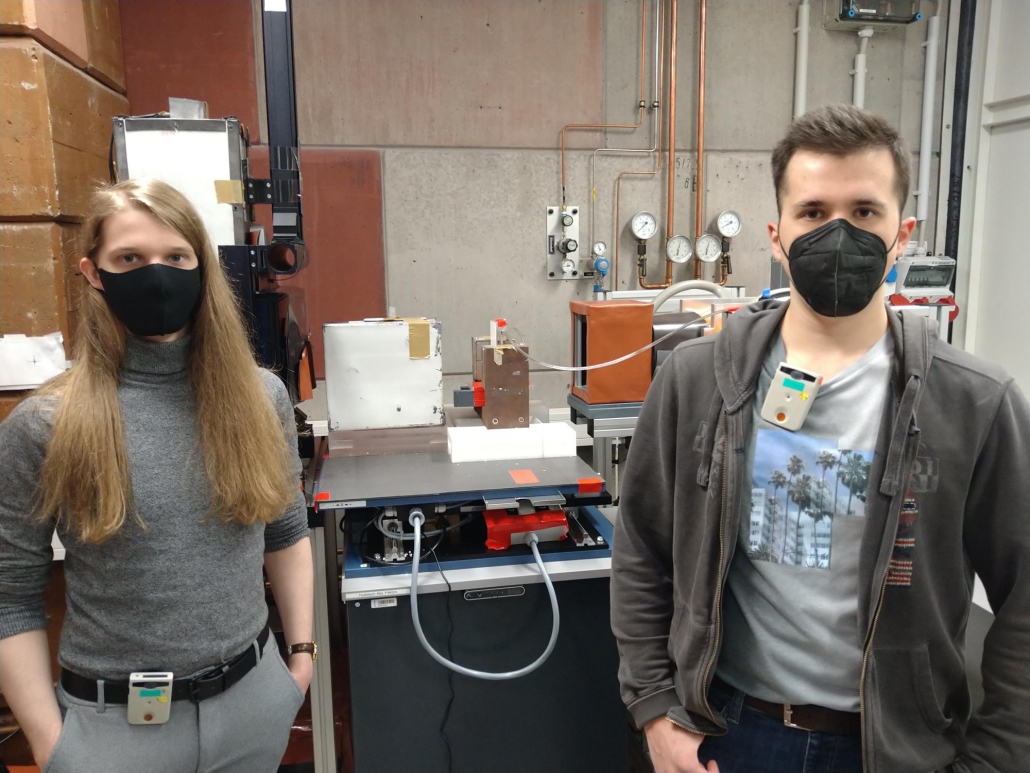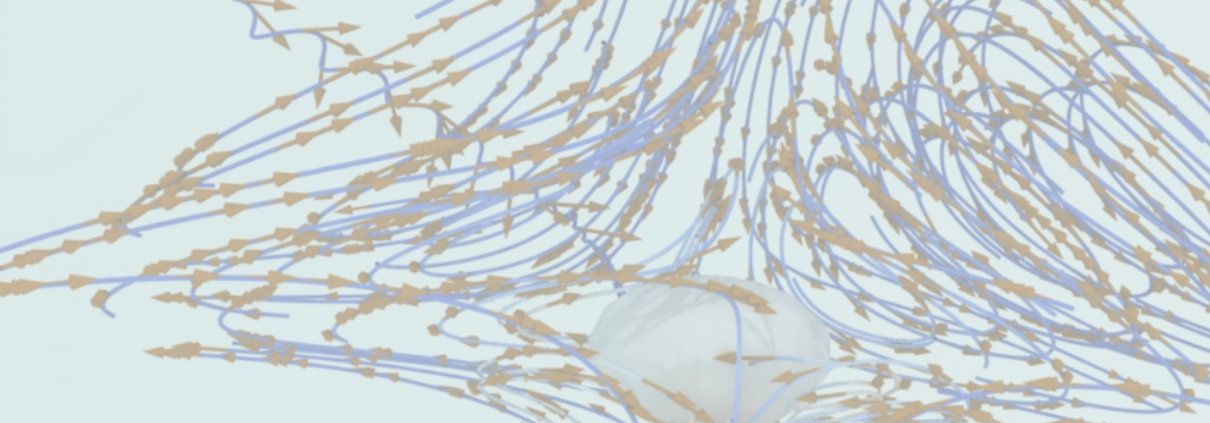HZDR Internship Experiences
Students Mārtiņš Klevs and Pēteris Zvejnieks from the Institute of Numerical Modelling have left for a 6-month internship at the HZDR (Germany). In this article, they share their study and research experience both in Latvia and Germany.
Mārtiņš Klevs
First year physics’ graduate student at the University of Latvia
I have been working at the Institute of Numerical Modelling for two years. During which I have done fundamental research on magnetohydrodynamic bubble chain flow in an external magnetic field.
For 6 months I will be working at the HZDR (Helmholtz-Zentrum Dresden-Rossendorf). During my internship, I will be collaborating with researchers who investigate the internal Solar magnetic field and how it changes in time. One of the topics is a model in which it is proposed that the Sun’s magnetic field fluctuations are influenced by the gravitational forces of Venus, Earth and Jupiter. Currently, the model is in its early stage and it is being actively developed. My task is to numerically model the behaviour of the Sun’s magnetic field with a code developed by the HZDR that considers the influence of Venus, Earth and Jupiter onto the Sun as a periodic external force. The data from the numerical models will help to develop a new model of the Sun’s magnetic field.
Understanding the Solar magnetic field is important as it impacts us here on Earth. The Sun’s magnetic field determines how it emits ions, electrons and electromagnetic radiation. These emissions from the Sun can affect our electrical devices and communication networks on Earth. Besides, it is a significant problem for space missions as the Earth’s atmosphere and magnetic field are only protective relatively close to the Earth. Without sufficient protection, Sun’s emissions can harm astronauts and damage electronic devices. The ability to predict Solar emissions and magnetic field would let us better plan future space missions.
During my internship, I plan to gain valuable experience by participating in scientific research and collaborating with excellent researchers.

Pēteris Zvejnieks and Mārtiņš Klevs (students from the Institute of Numerical Modelling) on an internship at the HZDR (Germany)
Pēteris Zvejnieks
First year physics’ graduate student at the University of Latvia
I am a laboratory assistant at the Institue of Numerical Modelling where I have been working since March 2020. At the institute, I finished my bachelor thesis in physics at the Faculty of Physics, Mathematics and Optometry at the University of Latvia. And now I continue my physics’ education in the master’s programme in physics.
Now I have moved to Germany for half a year to work at the HZDR in Dresden. I work with CIFT (Contactless Inductive Flow Tomography). It is a measuring method that allows us to reconstruct the flow field of a conductive material by measuring the magnetic field that its flow induces. I was invited to work on this project by my scientific advisor Mihails Birjukovs. My task here is to reconstruct the flow of a cooling fluid in a Pool-Type nuclear reactor. This reconstruction has already been attempted before, however, it was unsuccessful, which is why I am here – to find the problem and to fix it.
Even though the research concerning Pool-Type reactors is a rather narrow domain, it has a larger significance for CIFT as a method. It has been over 20 years since the theory for CIFT was developed. It has several applications and a working implementation. However, it is not used outside the laboratories of HZDR. To convince the industry and other research centres of its potential, it is necessary to demonstrate it.
I hope to return back to Latvia with a fraction of CIFT’s wisdom and find a use for it.


